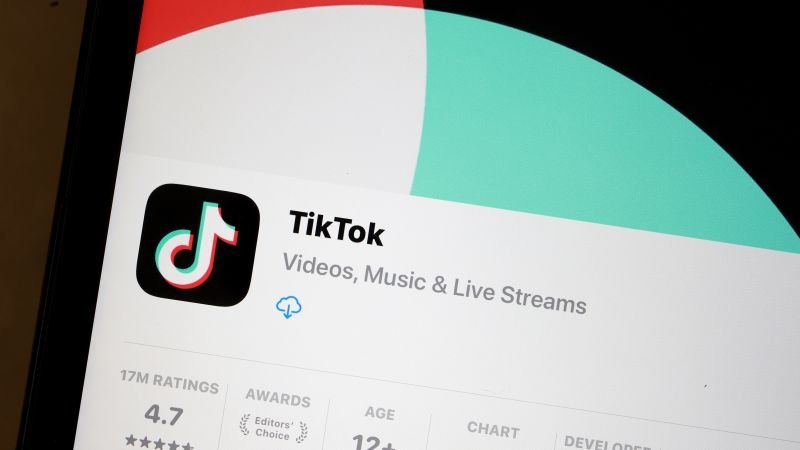TikTok’s screen-time limit tool does not effectively limit teen usage, according to internal documents accidentally revealed as part of a lawsuit. The documents show executives discussing dangers for children on the app, including the ineffectiveness of time management tools. Despite concerns about the impact of spending hours on TikTok on teenagers’ mental health, the company’s tools for users under 18 have had minimal impact in reducing time spent on the app. The documents reveal that executives prioritized improving public trust in the platform through media coverage rather than actually decreasing usage time.
Executives at TikTok measured the success of the time management tool based on its ability to garner positive media coverage rather than its impact on reducing time spent on the app. One project manager noted that the goal was not to reduce time spent on the app but to increase daily active users and user retention. The tool only resulted in a 1.5-minute decrease in daily usage, and the company did not address this issue. Despite efforts like encouraging users to take breaks, the documents show that executives doubted the effectiveness of these measures in reducing screen time.
In response to the lawsuits filed by 14 attorneys general alleging that TikTok has harmed young people’s mental health, TikTok has defended its commitment to community safety. The lawsuits highlight concerns about various features on the platform, including the scrolling feed of content, challenge videos that promote risky behavior, and late-night notifications that can disrupt sleep. The unredacted documents accidentally filed by the Kentucky Attorney General’s office provided insight into TikTok’s internal discussions about safety features and their impact on usage time.
TikTok has faced criticism for its handling of teen usage and its impact on mental health, with some accusing the platform of addicting young people. Despite these accusations, TikTok maintains that it has taken steps to protect teens, such as proactively removing underage users and implementing safety features like screen-time limits and family pairing. The company has stated that it remains committed to improving its product and ensuring the safety of its users.
The documents obtained by NPR and KPR shed light on TikTok executives’ attitudes towards safety features and their effectiveness. Executives were reportedly more concerned with public perception and user retention than with reducing time spent on the app. The revelation of these internal discussions has fueled further scrutiny of TikTok’s approach to safeguarding young users. Despite the company’s efforts to address concerns and implement safety features, critics argue that more needs to be done to protect teenagers from the potential harms of excessive screen time on the platform.
Overall, the leaked documents have raised questions about TikTok’s approach to managing teen usage and its commitment to addressing the mental health concerns raised by regulators and advocacy groups. As the platform continues to face legal challenges and public scrutiny, TikTok will likely need to reassess its strategies for protecting young users and promoting a safe and healthy online environment.











